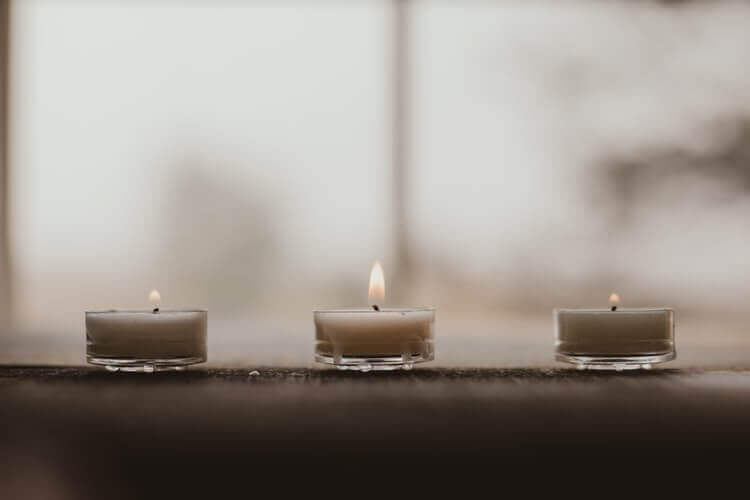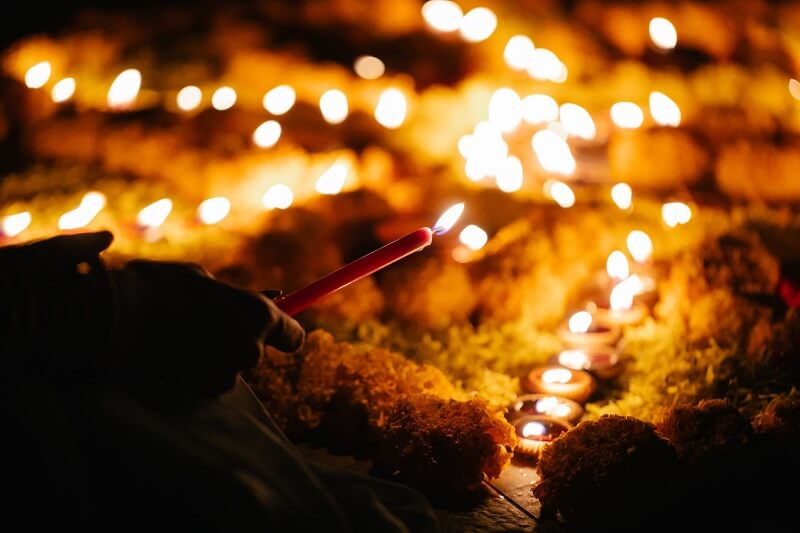The Evolution of Cremation Services in the 21st Century

The 21st Century has brought significant changes in many facets of life, and cremation services are no exception. Evolving societal attitudes, technological advancements, and an increased focus on personalization have greatly influenced how we approach end-of-life decisions and rituals. As we delve into the evolution of cremation services in the 21st Century, we’ll explore these changes in-depth. Through the lens of locations where cremation services in Largo, FL, have adapted to these shifts, we will investigate how these changes have shaped the landscape of death care services, providing more options and flexibility for individuals and families navigating this profoundly personal journey.
A Shift in Societal Attitudes
The 21st Century has seen a profound shift in societal attitudes towards cremation. Changing religious norms, increased acceptance of diverse cultural practices, and the breaking down taboos surrounding death have all contributed to a rise in cremation rates. These changes have coincided with a growing preference for more flexible, less traditional funeral practices. People increasingly view cremation as a viable, even preferable, alternative to conventional burial, providing the opportunity to create personalized memorial rituals that best honor the life and legacy of their loved ones.
Technological Advancements
Technological advancements have greatly influenced cremation, making it more efficient and environmentally friendly. From modern cremation chambers that optimize the use of heat to more advanced filtering systems that reduce emissions, technology has significantly improved the process. Moreover, developments in related industries, such as urn production and memorial jewelry, have provided more options for storing and commemorating cremated remains. These advancements have not only improved the cremation process itself but have also broadened the possibilities for memorialization.
The Rise of Personalization
The demand for personalized experiences has reshaped many industries in the 21st Century, and the funeral industry is no exception. The possibilities for personalization are vast, from customized urns and memorial jewelry to unique scattering ceremonies and creative methods for incorporating cremated remains into tangible keepsakes. This trend reflects a more significant societal shift towards celebrating individuality and creating meaningful, personalized experiences in all areas of life, including death care.
Green Cremation Options
With growing environmental consciousness, more sustainable or ‘green’ cremation options have gained popularity in recent years. These include options like bio-cremation, also known as alkaline hydrolysis, which uses water and potassium hydroxide to accelerate natural decomposition, using significantly less energy and producing fewer emissions than traditional cremation. The development and growing acceptance of such alternatives reflect a broader societal commitment to environmental sustainability and the desire to reduce our ecological footprint, even in death.
The Impact of the Digital Age
The digital age has significantly impacted how we approach end-of-life decisions and commemorations. Online obituaries, virtual memorials, and digital legacy planning are commonplace, allowing for broader participation and long-lasting tributes. Online resources have also improved access to information and support, helping individuals navigate the complex landscape of end-of-life planning. Integrating digital tools and platforms into death care represents another significant shift in the 21st Century, creating new possibilities for remembrance and legacy preservation.

The 21st Century has brought about significant shifts in how we view and approach cremation, opening up new possibilities for personalization, sustainability, and remembrance. As we have seen in places where cremation services in Largo, FL, have evolved in response to these trends, the face of death care is continually changing. As we look ahead, these changes will likely continue, influenced by societal attitudes, technological advancements, and our ever-evolving needs and desires for end-of-life care. In conclusion, as we navigate our personal journeys, let’s embrace the information and options available, ensuring our choices align with our values, beliefs, and wishes for honoring and remembering our loved ones.
